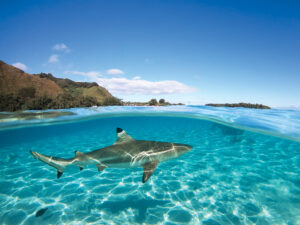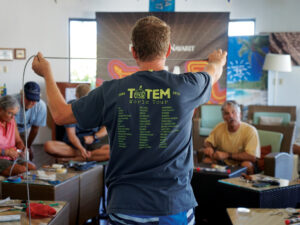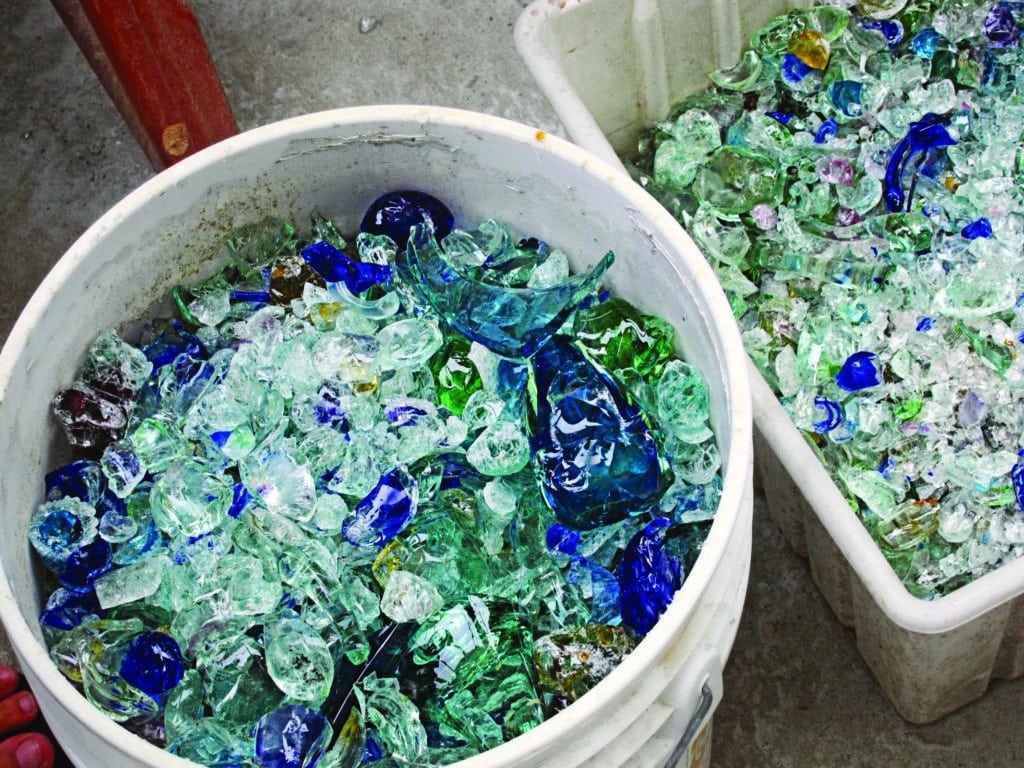
Trash to Art
Reduce. Reuse. Recycle. Sounds easy enough, right? Except what is one supposed to do when there’s nowhere to recycle? Charlotte McDevitt and her team at Green VI, on the island of Tortola, are combating this problem by thinking locally and scaling their efforts up throughout the British Virgin Islands.
“I think people need to understand that we’ve run out of landfill space on two of our islands,” explains McDevitt. “Tortola’s landfill is full. Jost Van Dyke’s is full. You don’t have a lot of landfill space on these islands.”
In 2012, Green VI began collaborating with the BVI Spring Regatta and Sailing Festival by collecting used beer and rum bottles and bringing them back to Green VI’s glass-blowing studio in Cane Garden Bay, on the north side of Tortola. The following year, the Green VI team used the glass to create trophies for the regatta. In addition, the team collected remaining food scraps from the regatta and provided them to local farmers to feed to livestock.
Glass waste is especially problematic in the British Virgin Islands because glass adheres to the inside chambers of Tortola’s trash incinerator, causing disruptions that shut the machine down roughly twice a year. By reusing glass that otherwise would be thrown away, Green VI is also effectively turning trash into treasure. Every week, the glass-blowing studio processes upwards of 400 pounds of recycled glass into handmade art.
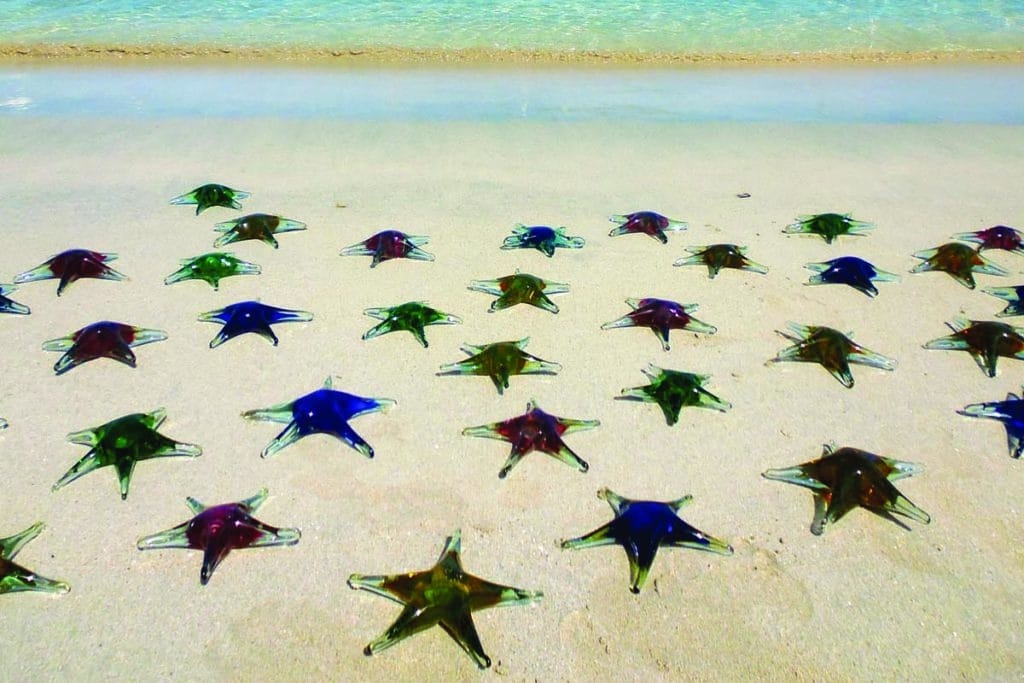
“What we’re working on are progressive waste-management strategies to make recycling feasible in the British Virgin Islands,” says McDevitt. She worked for the City of Cape Town in South Africa developing strategies to reduce litter before earning her master’s degree in industrial administration in 2008. “I wrote my thesis on waste management in an island setting and presented it to the government [in the British Virgin Islands]. They ignored it completely so I set up a nonprofit.”
With a studio that also teaches and employs local islanders, Green VI is starting to gain traction in a territory not well known for its recycling initiatives.
Recently, McDevitt explained that a waste-management plan that Green VI helped author was passed by the BVI House of Assembly. “We’re looking at a Caribbean-wide logistical system: the U.S. Virgin Islands, Anguilla, Belize, Mexico. Essentially we’re looking at the whole Caribbean basin.”
Trash to Energy
Compared to other regions, the Caribbean emits only a small fraction of the world’s greenhouse gases. But when it comes to the impact of climate change, the Caribbean stands to receive some of the worst consequences. Faced with sea-level rise and more frequent and intense hurricanes, many experts think the Caribbean should set a model for implementing renewable energy sources that the rest of the world can follow. Dominica, one island nation in the region taking the lead, boasts that up to 70 percent of its electricity comes from hydropower.
This past summer, Trinidad and Tobago followed suit and set in motion prospective plans to build a waste-to-energy facility that would effectively make this small nation the first in the Caribbean to become landfill-free in the coming years.
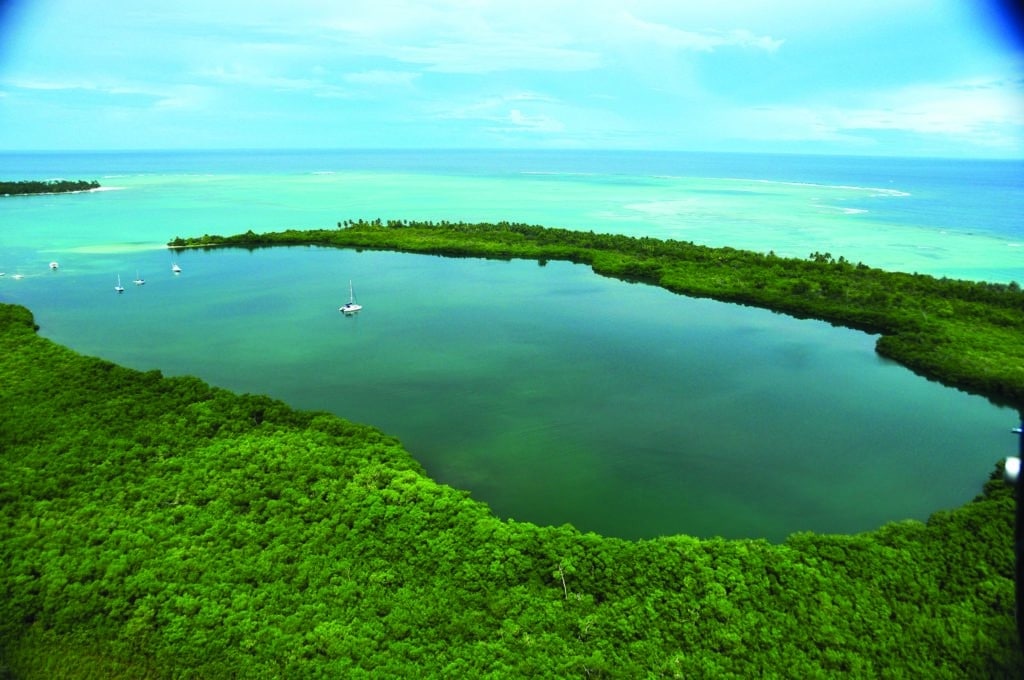
“Nobody likes the scent of a landfill, or worse, the environmental and health hazards associated with them,” says Stephen Mader, president of Fourth State Energy, a Canadian company working with Trinidad and Tobago. “We want to transform waste into clean, green, sustainable energy.”
The process by which trash is converted into clean energy is called plasma gasification. Waste is heated up to 5,000 degrees Fahrenheit — a temperature so hot that toxic chemicals are burned off — and then fed into an internal combustion engine.
Currently, a feasibility study is being undertaken between Fourth State Energy and the Trinidad and Tobago government to see how viable a waste-to-energy facility would be. William Benjamin, Green Fund coordinator at the government’s Office of the Chief Secretary, thinks that 10 to 15 acres of waste could be transformed into sustainable energy.
“The amount of energy the facility could create depends on how much and what types of waste are available,” says Benjamin. “Right now we’re trying to figure out how many homes it would be able to power.”
Most of the Caribbean currently relies on expensive fossil fuel to generate electricity. “In 20 years,” says Mader, “plasma gasification technology will be used all over the world.”
Tyson Bottenus is the sustainability director for Sailors for the Sea.

